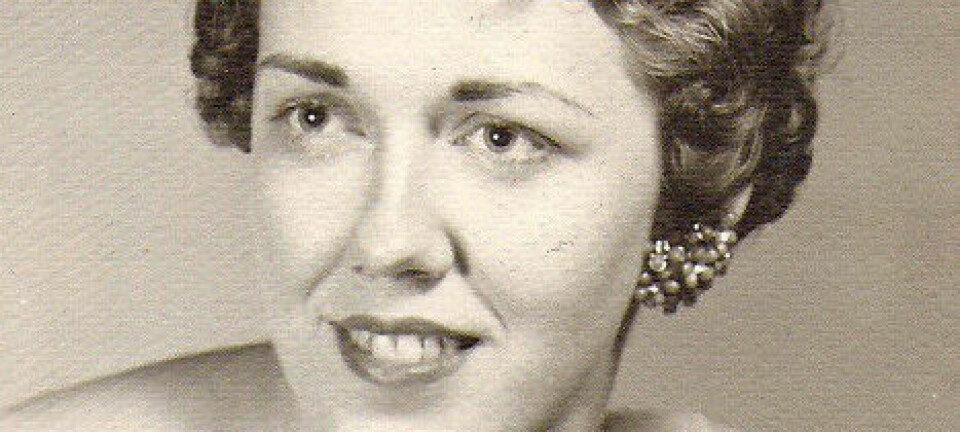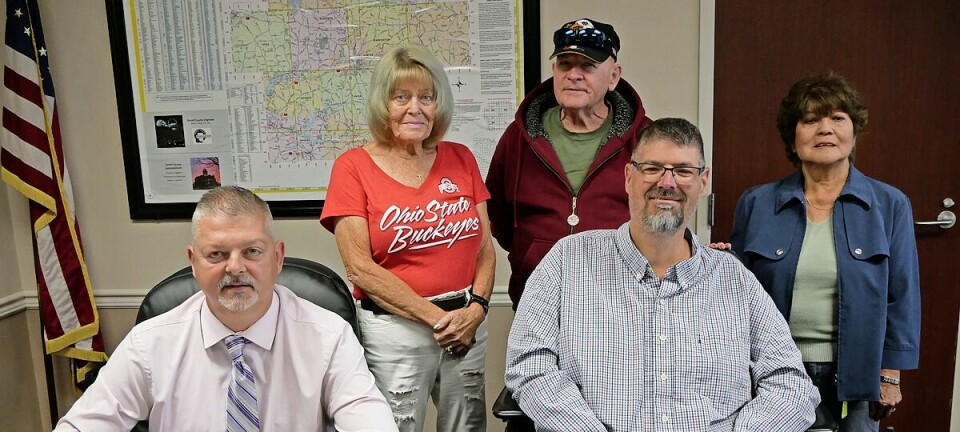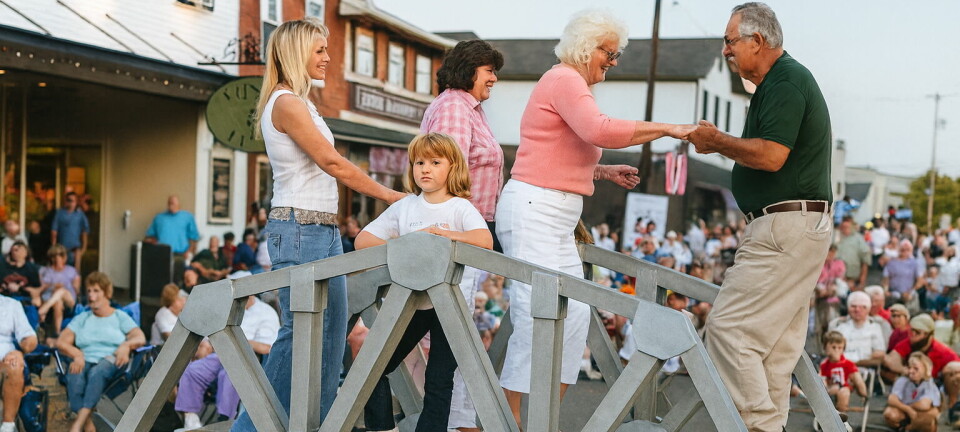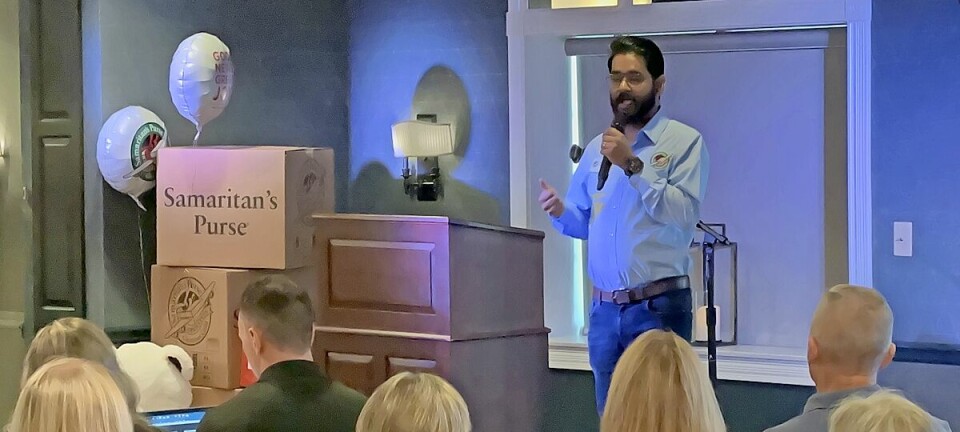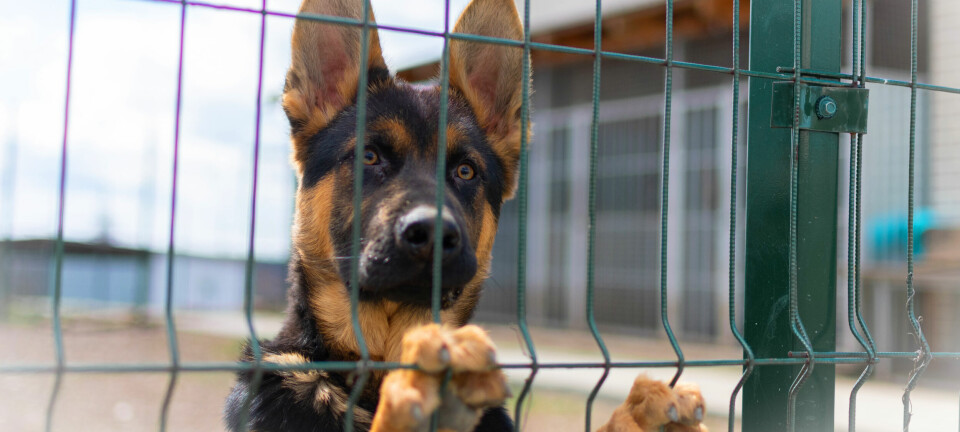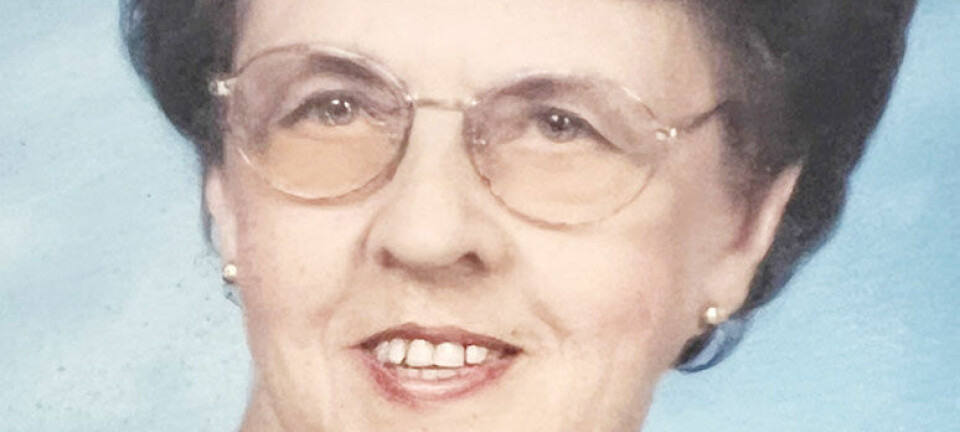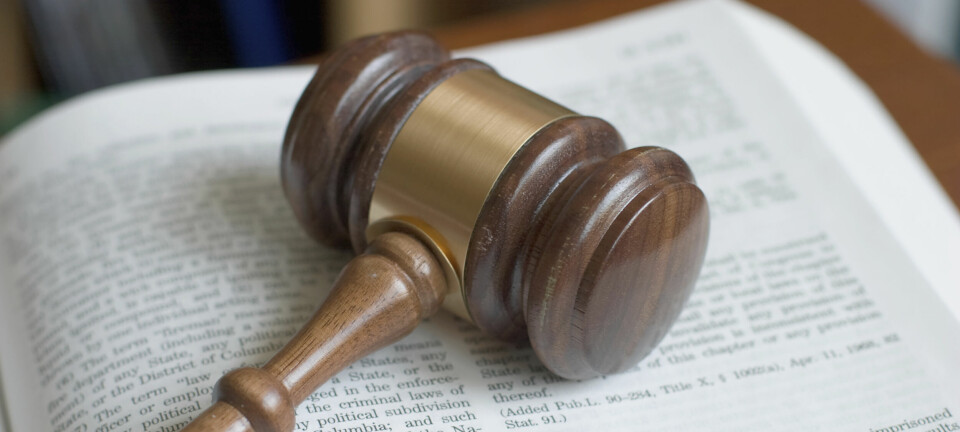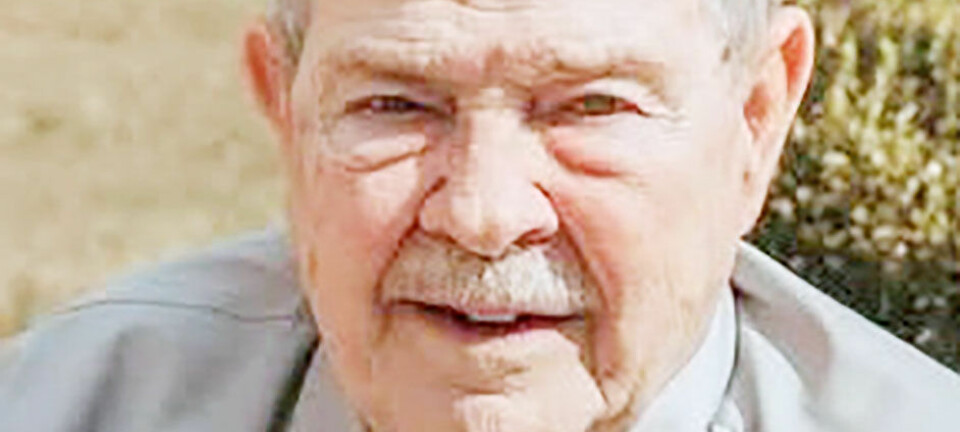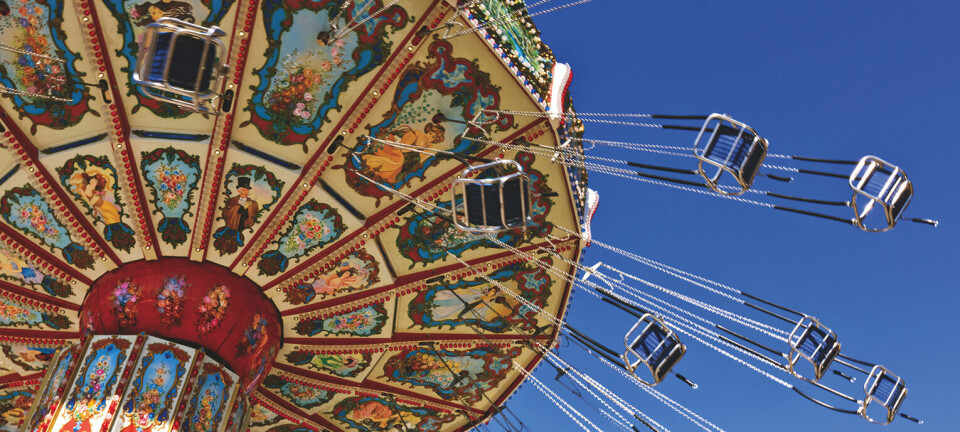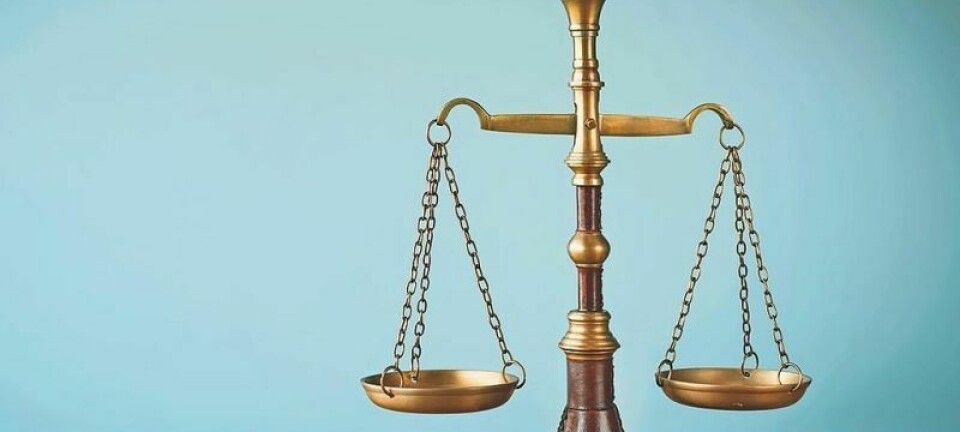Jurkovic to discuss Ohio Erie Canal and Dover

Local history librarian Kim Jurkovic will discuss the Ohio Erie Canal and Dover. The presentation will cover the building of the canal through Dover and Tuscarawas County, the dimensions and features of the canal, and its effects on the community. There will be a PowerPoint presentation that includes drawings, diagrams and photographs of the Canal Era in Dover. This program will begin at 6:30 p.m. on Thursday, May 13 on Zoom.
In the early 1800s, Christian Deardorff and his brother-in-law Jesse Slingluff purchased a tract of land in the Ohio territory with the intent of establishing a town. When Deardorff heard the Ohio and Erie Canal was going to be built along the Tuscarawas River, he was able to convince canal authorities to make Dover a toll station along the canal. Several area mills including Deardorff’s mill were able to access the canal and use the river water to power the mills. Dover was on its way to becoming an industrial center.
The importance of the canals in Ohio cannot be overstated. Like many other towns along the canal, Dover was positively impacted by the construction of the canal. This mode of transportation made it possible for local farmers and businessmen to transport their goods in a faster and cheaper manner to other parts of the region. According to www.History.com, goods could be transported in half the time and at one-tenth the cost. By 1853 the Erie Canal carried 62% of all U.S. trade.
Likewise, other industries could bring their products to the frontier towns along the canal. Items such as clothing and furniture became more available to Ohioans thanks to the canal. In addition, people were able to travel more easily between the East Coast and the Midwest.
The sections of the canal that ran through Dover were built between 1826 and 1830. Even though the use of the canals had diminished by the 1850s due to the emerging railroad system, the canal was used in some capacity up until the time of the 1913 flood. But the development of industry that had been spurned by the canal did not stop. Many industries continued to prosper as a result of their development during the Canal Era.
Even though Dover was always the official name of the town, many people referred to it as “Canal Dover” because of its proximity to the canal. In fact, Canal Dover was the post office designation because at one time there were four Dovers in the state of Ohio. By 1915 the word “Canal” was dropped because this Dover was the only one left and there was no longer a need to differentiate it.
Jurkovic is the local history librarian of the Dover Historical Society Archives, which are now located in the Local History Room of the Dover Public Library. People can call her at 330-343-6123 or email her at kjurkovic@doverlibrary.org. There also is a place on the Dover Public Library website to ask a question at www.doverlibrary.org/departments/adult-programs/local-history-room/.
Visit www.doverlibrary.org/register or email Sherrel Rieger at srieger@doverlibrary.org in order to receive a Zoom invitation. For more information call the library at 330-343-6123.


